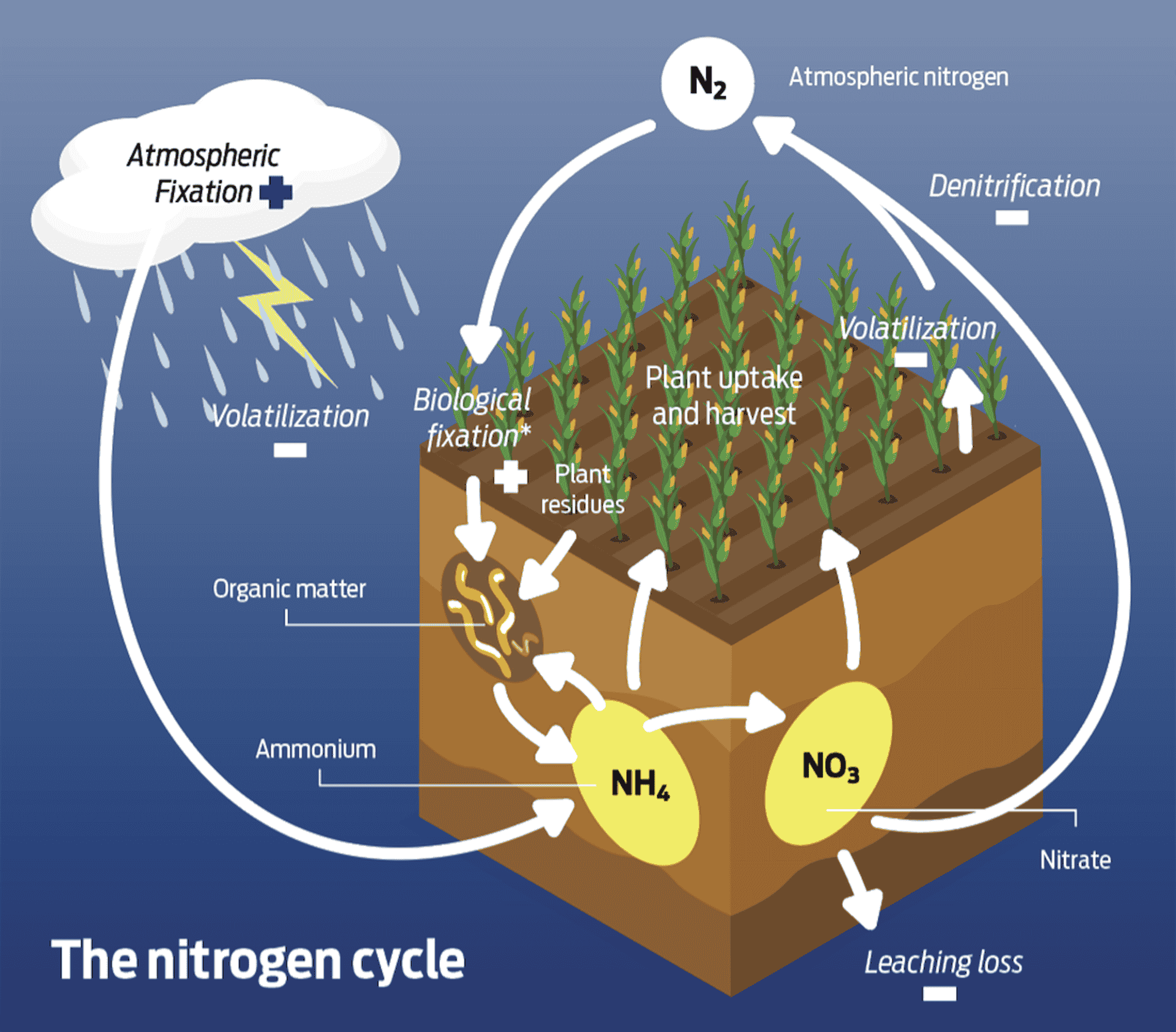Beyond the price tag
by Scott Wilburn, Sr. Staff Agronomist
Why nutrient efficiency outperforms input cuts
As the 2025 harvest season nears completion, MFA row-crop producers face a familiar but increasingly urgent challenge: maintaining profitability amid rising input costs and stagnant grain prices.
Global fertilizer prices continue to climb, driven by supply chain disruptions and tariff pressures. Nitrogen fertilizers—such as anhydrous ammonia and UAN (urea ammonium nitrate)—are up 10% to 15% year-over-year, with phosphates and potash also seeing sharp increases. Meanwhile, grain markets remain flat, leaving producers squeezed between escalating costs and limited revenue potential.
 Today’s high-performing fields are achieving nitrogen use efficiency (NUE) levels below 0.85 pound of nitrogen per bushel—a milestone that was considered ambitious just a decade ago. Back then, hitting 1 pound per bushel was a commendable goal, especially when the benchmark hovered around 1.2 pounds per bushel. This progress reflects the power of modern hybrids and agronomic practices.
Today’s high-performing fields are achieving nitrogen use efficiency (NUE) levels below 0.85 pound of nitrogen per bushel—a milestone that was considered ambitious just a decade ago. Back then, hitting 1 pound per bushel was a commendable goal, especially when the benchmark hovered around 1.2 pounds per bushel. This progress reflects the power of modern hybrids and agronomic practices.
NUE is a straightforward but powerful metric: it measures how many pounds of nitrogen are applied per acre relative to the yield produced per acre. The lower the number, the more efficiently nitrogen is being used—provided yield goals are met or exceeded. Reaching NUE below 0.85 isn’t accidental. It’s the result of deliberate management and informed fertility decisions. Achieving this level of efficiency starts with protecting the nitrogen applied.
One of the most effective ways to do that is by using a nitrogen stabilizer. This input shouldn’t be cut to save costs. Despite rising nitrogen prices, the nutrient remains vulnerable to loss through volatilization, leaching and denitrification. Skipping stabilizers can lead to substantial yield losses—making it a false economy.
Products such as Centuro, Anvol and SuperU are essential for protecting nitrogen investments and minimizing environmental risk. A 15% increase in N fertilizer prices creates simple math—whatever return you get out of a stabilizer will be increased by 15%. While stabilizer costs remain relatively flat, the value of the nutrient they protect is higher than ever.
Another essential nutrient, phosphorus, is also expected to rise in cost, with prices projected to exceed $1,000 per ton this fall. This increase will likely cause some growers to consider cutbacks. However, without soil test data, reducing phosphorus inputs can be detrimental. Phosphorus is critical for root development and energy transfer, and its deficiency can impair the uptake and efficiency of other nutrients like nitrogen and potassium.
Skipping phosphorus without understanding baseline fertility levels risks undermining the entire fertility program. Instead of blanket reductions, MFA producers should tailor nutrient applications based on soil test results, crop removal rates and yield goals. Precision tools like Nutri-Track can help optimize every dollar spent. If soil test levels are below optimum for even one nutrient, achieving efficiency goals will require targeted additions.
In today’s market, profitability isn’t just about cutting costs. It’s about making intentional, informed decisions. Protecting nitrogen with stabilizers like Centuro, Anvol, and SuperU is a proven way to preserve yield potential and nutrient value. Equally important is recognizing that every nutrient plays a role in the fertility chain. Deficiency in one can limit the effectiveness of all others.
Ask your MFA solutions provider about using nitrogen stabilizers to protect your input investment for fall and spring applications.
Graphic details: In a continuing cycle, nitrogen can go through many complex chemical and biological changes, be combined into living and non-living material, and return to the soil or air. For the most part, nitrogen is soil based and can be lost through denitrification, volatilization, runoff and leaching. Nitrogen fertilizer stabilizing products can help prevent those losses.
View more articles from this October/November 2025 Today's Farmer magazine and see related nitrogen stabilization articles below.